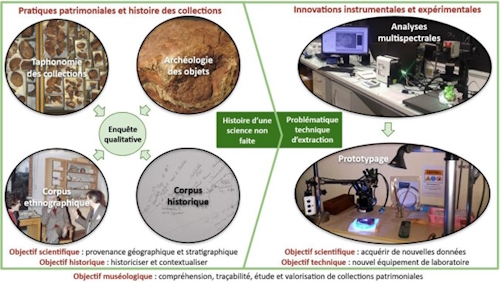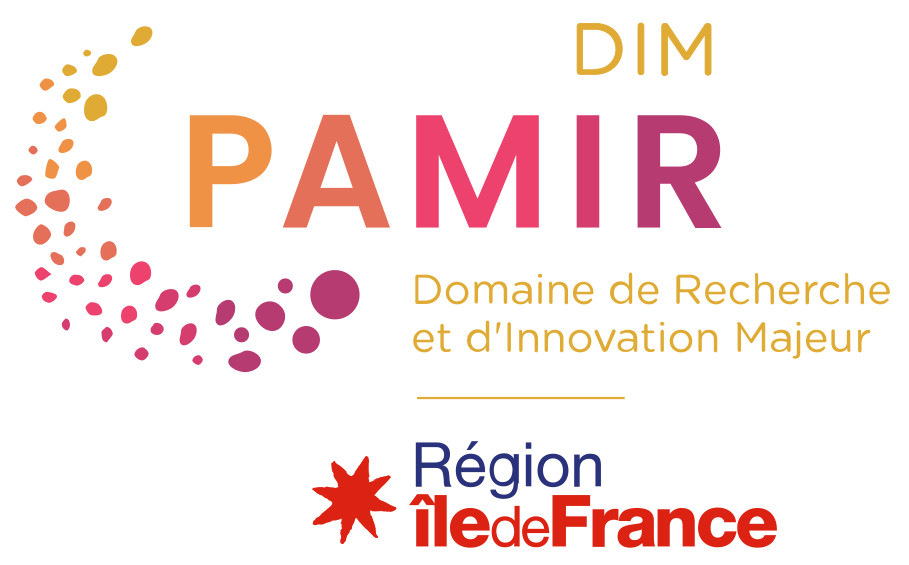
VALPALMAD
Valorisation of the collection of Permo-Triassic tetrapod fossils from Madagascar held at MNHN: collections, provenance study and instrumental development
Scientific responsibility :
- Nour-Eddine Jalil
- Mathieu Thoury
- Arnaud Hurel
Methodological axes :
Thematic fields :
Disciplinary sectors :
Funding :
- DIM PAMIR
Project ID : IDF-DIM-PAMIR-2025-4-037
Summary :
The Permo-Triassic tetrapod fossils from the Morondava Basin in south-west Madagascar are of great scientific and historical importance. They document many pivotal steps in the evolution of terrestrial vertebrates and the transformation of continental ecosystems in response to the global Late Palaeozoic climate change and to the Permo-Triassic biological crisis. However, the collections currently held at the MNHN raise a number of questions in terms of historicisation, contextualisation and extraction. Because they have been moved within different collections, the data essential to their study, and even some specimens, have disappeared from the scientific scene. Technical limitations linked to the properties of the materials have prevented the extraction of several key specimens, sometimes for more than 60 years. The aim of this project is to enhance the historical and scientific value of this heritage collection by developing two innovative, transdisciplinary approaches. The first, heritage practices and the history of collections, aims to model the principle of provenance research, applied here to naturalia. This historicisation, from the collection to the scientific and museographic management of the specimens, will be based on a historical approach associated with the materiality of the collections. A second axis, instrumental and experimental innovations, will develop an optimised, non-invasive method of micro-preparation with contrast-enhancing by photoluminescence and reflectance for the mechanical extraction of fossils. More broadly, this project will formalise a transdisciplinary approach to the study of provenance in the natural sciences and democratise new preparation-restoration equipment for palaeontology and archaeology laboratories.

